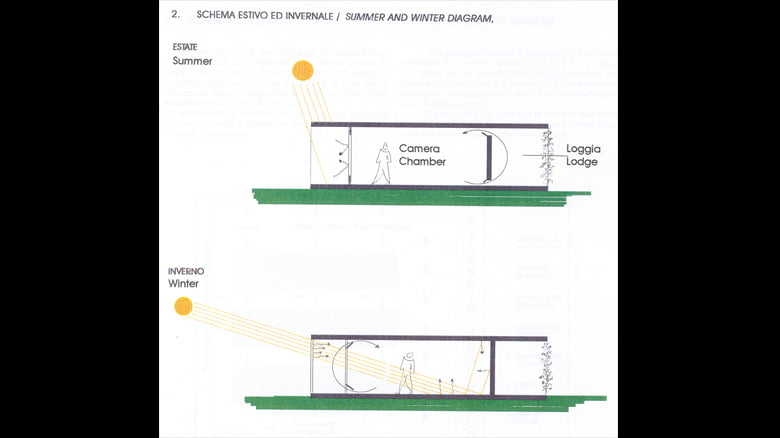Calabria, Italy, 1999: Public health infrastructure.
The project arose from the common desire of an interdisciplinary group of architects, doctors, physicists, lawyers, agronomists and economists to create a structure for the prevention of cardiovascular diseases.The input began in 1994 during the European ‘Health and Environment’ Conference held in Helsinki and organised by the WHO, where an ‘Environment and Health Action Plan’ for Europe was signed, the purpose of which was to promote a series of concrete initiatives among European countries.
The Calabria Region was chosen as an optimal as well as a significant location for the EHC (European Health Centre), in particular because of its environmental characteristics, ideal for the prevention of cardiovascular diseases.
The EHC was to be built on a five-hectare site within a larger area (80 hectares) consisting mostly of citrus groves and located a few hundred metres from the sea and a few kilometres from the mountains. The architectural and urban planning choices for its realisation were: accessibility, flexibility, expandability, convertibility. Another important aspect was the conception of the structure according to bio climatic architectural characteristics that would allow it to take advantage of environmental factors.





